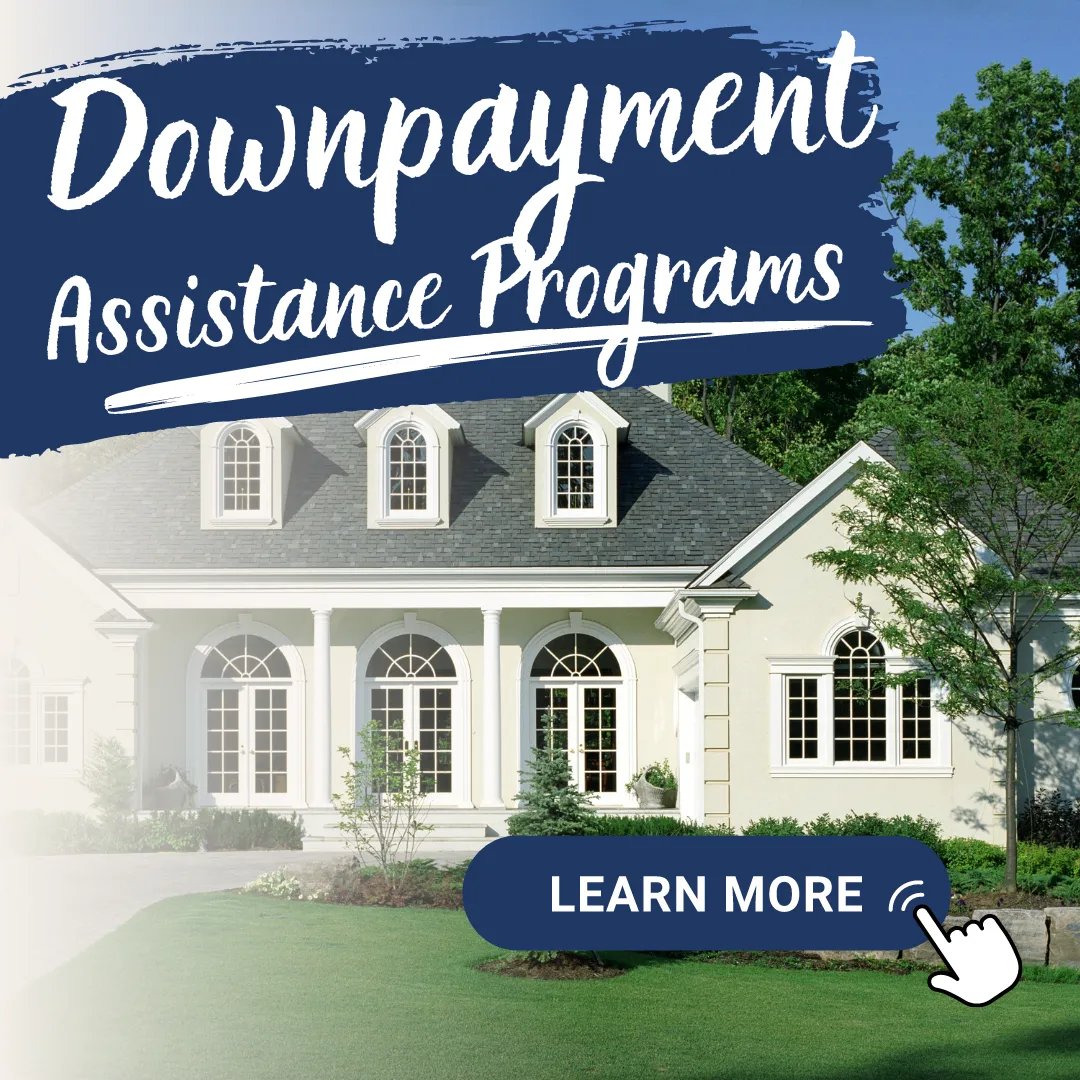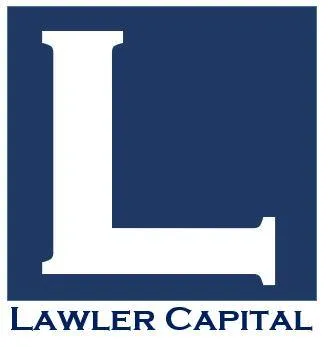Down Payment Assistance Programs
Down Payment Assistance (DPA) programs are designed to help homebuyers cover the initial costs of purchasing a home, specifically the down payment and sometimes closing costs. These programs are particularly beneficial for first-time homebuyers, low- to moderate-income families, and others who may struggle to save enough for a down payment. DPA programs can come from various sources, including federal, state, and local governments, as well as non-profit organizations and private lenders.

Types of Down Payment Assistance Programs
Grants
Description: Grants are funds provided to homebuyers that do not need to be repaid. These are often offered by government entities or non-profits and can significantly reduce the upfront cost of buying a home.
Eligibility: Typically based on income, purchase price limits, and sometimes specific professions (such as teachers, first responders, or veterans).
Loans
Forgivable Loans:
Description: These loans are forgiven after a certain period, usually if the borrower remains in the home for a specified number of years (e.g., 5 to 10 years).
Repayment: No repayment is required if conditions are met.
Deferred Loans:
Description: These loans are deferred, meaning no payments are required until the home is sold, refinanced, or the mortgage is paid off.
Repayment: Full repayment is required at the end of the deferment period.
Low-Interest Loans:
Description: These loans come with lower interest rates compared to market rates and are repaid over a specified term.
Repayment: Monthly payments are required, making this a viable option for those who can manage a slightly higher monthly housing cost.
Savings Programs
Matched Savings Programs (Individual Development Accounts - IDAs):
Description: These programs match the savings of the homebuyer, often on a 2:1 or 3:1 basis, to help accumulate the necessary down payment.
Eligibility: Typically income-based and may require financial education courses.
Eligibility Criteria
Income Limits
Moderate and Low-Income Households: Many DPA programs are aimed at households earning below a certain income threshold, which varies by location and program.
First-Time Homebuyer Status
Definition: Generally defined as someone who has not owned a home in the past three years. Some programs may have different definitions or broader eligibility criteria.
Purchase Price Limits
Affordable Housing: DPA programs often have maximum purchase price limits to ensure the assistance goes towards affordable housing.
Credit Requirements
Varied Criteria: Credit score requirements can vary by program, but many are designed to be accessible to those with less-than-perfect credit.
Benefits of Down Payment Assistance Programs
Reduced Upfront Costs
Lower Down Payment: DPA programs can significantly lower or eliminate the need for a large down payment, making homeownership more accessible.
Increased Buying Power
Affordability: With assistance, buyers can afford higher-priced homes than they might otherwise qualify for, expanding their options in the housing market.
Financial Stability
Savings Retention: By reducing the upfront cost burden, buyers can retain more of their savings, providing greater financial stability and a cushion for future expenses.
How to Apply for Down Payment Assistance
Research Programs
Local and State Programs: Begin by researching DPA programs available in your area through state and local housing agencies, as well as non-profit organizations.
Meet Eligibility Requirements
Verify Eligibility: Ensure you meet the specific eligibility criteria for the programs you are interested in, including income limits, purchase price caps, and credit requirements.
Prepare Documentation
Necessary Documents: Gather necessary documentation such as proof of income, tax returns, credit reports, and information about the property you intend to purchase.
Submit Application
Application Process: Follow the specific application process for each program, which may include attending informational sessions or financial education courses.
Additional Considerations
Combining Programs
Multiple Sources: It’s possible to combine multiple DPA programs to maximize the assistance available, but this may require careful coordination and understanding of each program’s rules.
Long-Term Obligations
Forgiveness and Repayment Terms: Be aware of the long-term obligations associated with DPA programs, such as occupancy requirements for forgivable loans or repayment terms for deferred loans.
Professional Guidance
Seek Help: Working with a knowledgeable real estate agent or mortgage broker can help navigate the various DPA options and ensure you meet all requirements.
Conclusion
Down Payment Assistance Programs play a crucial role in making homeownership more accessible, particularly for first-time buyers and those with limited savings. By reducing the upfront financial burden, these programs help more people achieve the dream of owning a home. Prospective homebuyers should research and explore the DPA options available in their area, understand the eligibility requirements, and seek professional guidance to take full advantage of these valuable resources.
